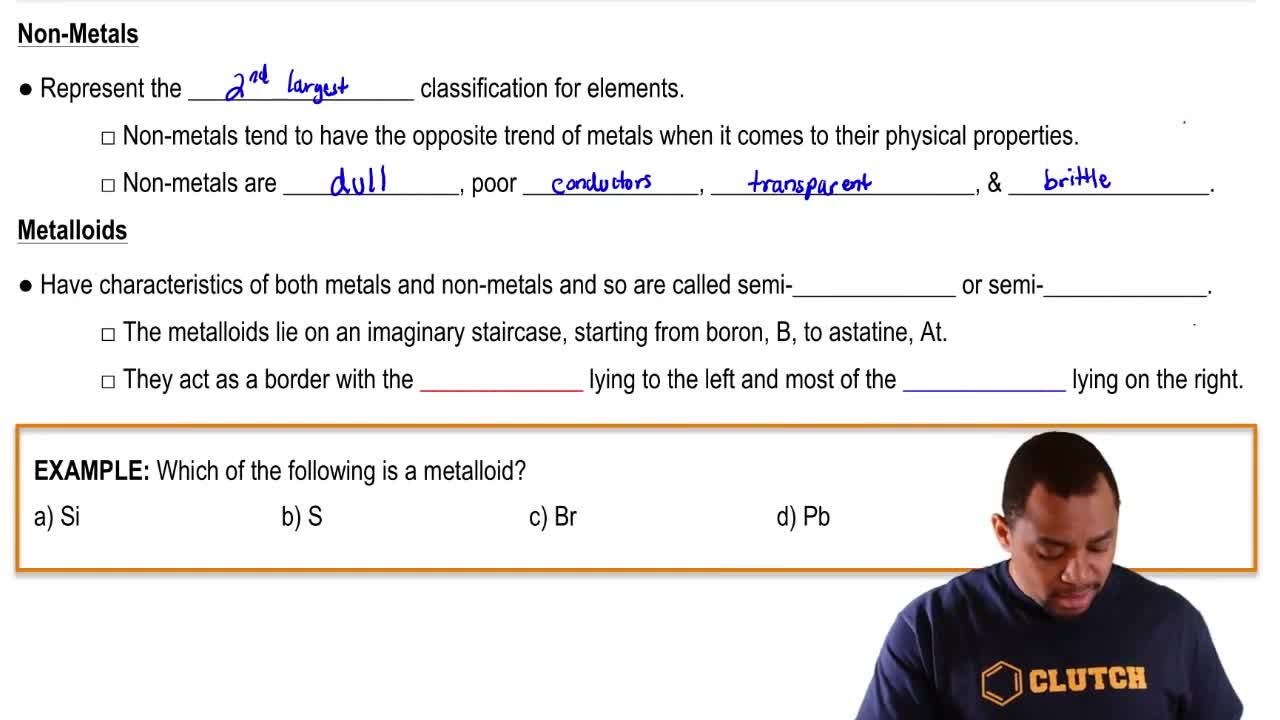Here are the essential concepts you must grasp in order to answer the question correctly.
Silica Sand and Silicon Production
Silica sand, primarily composed of silicon dioxide (SiO2), is the starting material for silicon production. The reduction of silica to silicon typically involves a high-temperature reaction with carbon in an electric arc furnace, where SiO2 reacts with carbon to produce silicon and carbon dioxide. This process is essential for obtaining metallurgical-grade silicon, which serves as the foundation for further purification.
Recommended video:
Production of Hydrogen Example
Purification of Silicon
To achieve the high purity required for semiconductor applications, metallurgical-grade silicon undergoes further purification processes, such as the Siemens process or the use of chemical vapor deposition (CVD). These methods involve converting silicon into a gaseous form, such as trichlorosilane (SiHCl3), and then redepositing it to yield high-purity silicon. This purification is crucial for enhancing the electrical properties of silicon in electronic devices.
Recommended video:
Balanced Chemical Equations
Balanced chemical equations are essential for accurately representing chemical reactions, ensuring that the number of atoms for each element is conserved. In the context of silicon production, the reaction can be represented as: SiO2 + 2C → Si + 2CO. Writing balanced equations helps in understanding the stoichiometry of the reactions involved in both the production and purification of silicon, which is vital for industrial applications.
Recommended video:
Balancing Chemical Equations
 Verified step by step guidance
Verified step by step guidance

